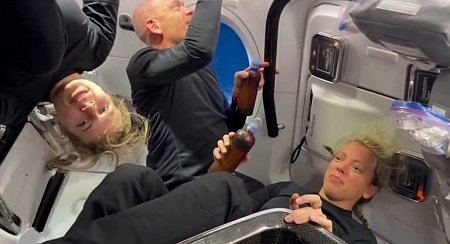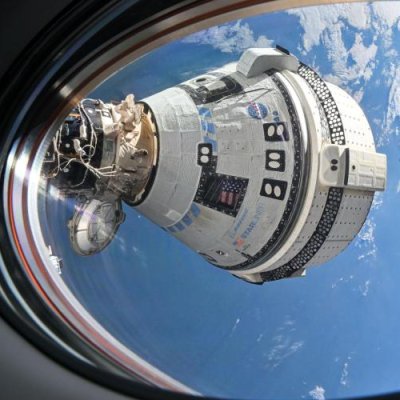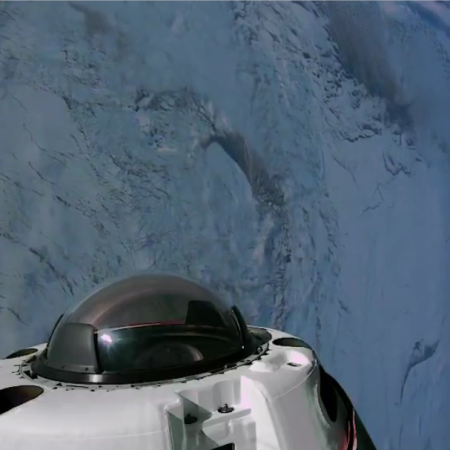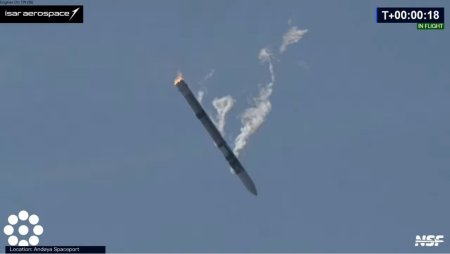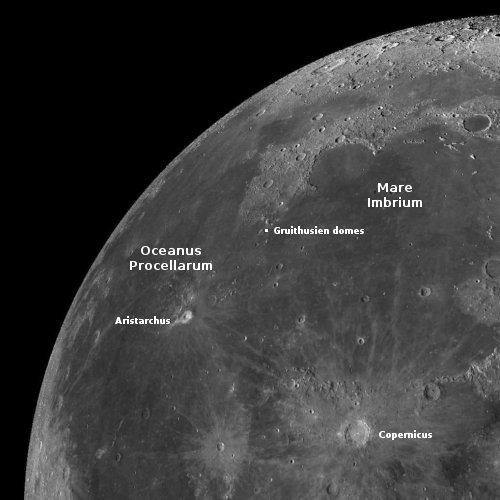ULA and Amazon schedule first Kuiper satellite launch for April 9, 2025
The launch of the first 27 satellites in Amazon’s 3,200-plus satellite Kuiper internet constellation has now been scheduled for April 9, 2025, using ULA’s Atlas-5 rocket lifting off from Cape Canaveral.
The Kuiper constellation, intended to compete directly with SpaceX’s Starlink constellation, was first conceived at about the same time as Starlink. Since then — while Amazon moved slowly launching only two test satellites — SpaceX launched thousands and signed up millions of customers, grabbing market share that it will be difficult for Kuiper to re-capture.
The launch will also be the first in 2025 for ULA, which had hoped to do as many as 25 launches this year with its old soon-to-be-retired Atlas-5 and new Vulcan rocket. The six-month delay in getting the Pentagon to finally certify Vulcan for commercial military launches has put a damper on that plan. Right now ULA will be lucky if it can complete half those launches.
The launch of the first 27 satellites in Amazon’s 3,200-plus satellite Kuiper internet constellation has now been scheduled for April 9, 2025, using ULA’s Atlas-5 rocket lifting off from Cape Canaveral.
The Kuiper constellation, intended to compete directly with SpaceX’s Starlink constellation, was first conceived at about the same time as Starlink. Since then — while Amazon moved slowly launching only two test satellites — SpaceX launched thousands and signed up millions of customers, grabbing market share that it will be difficult for Kuiper to re-capture.
The launch will also be the first in 2025 for ULA, which had hoped to do as many as 25 launches this year with its old soon-to-be-retired Atlas-5 and new Vulcan rocket. The six-month delay in getting the Pentagon to finally certify Vulcan for commercial military launches has put a damper on that plan. Right now ULA will be lucky if it can complete half those launches.

